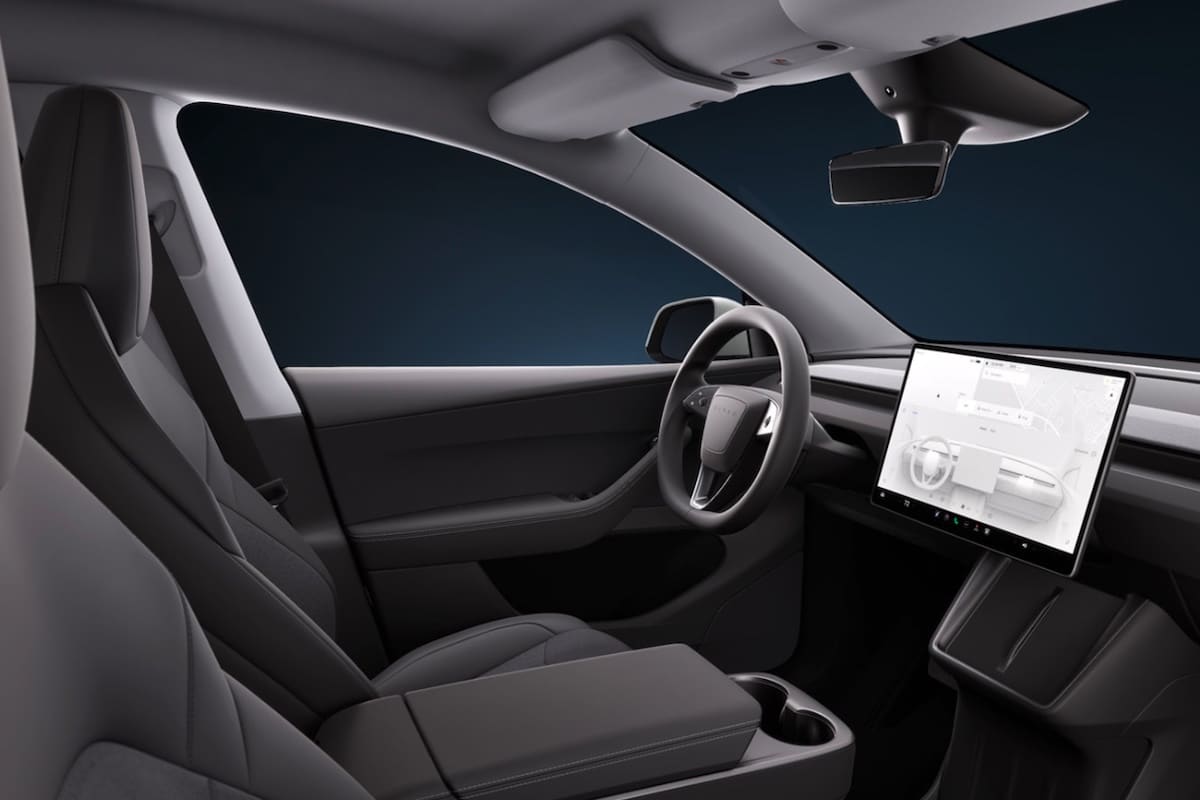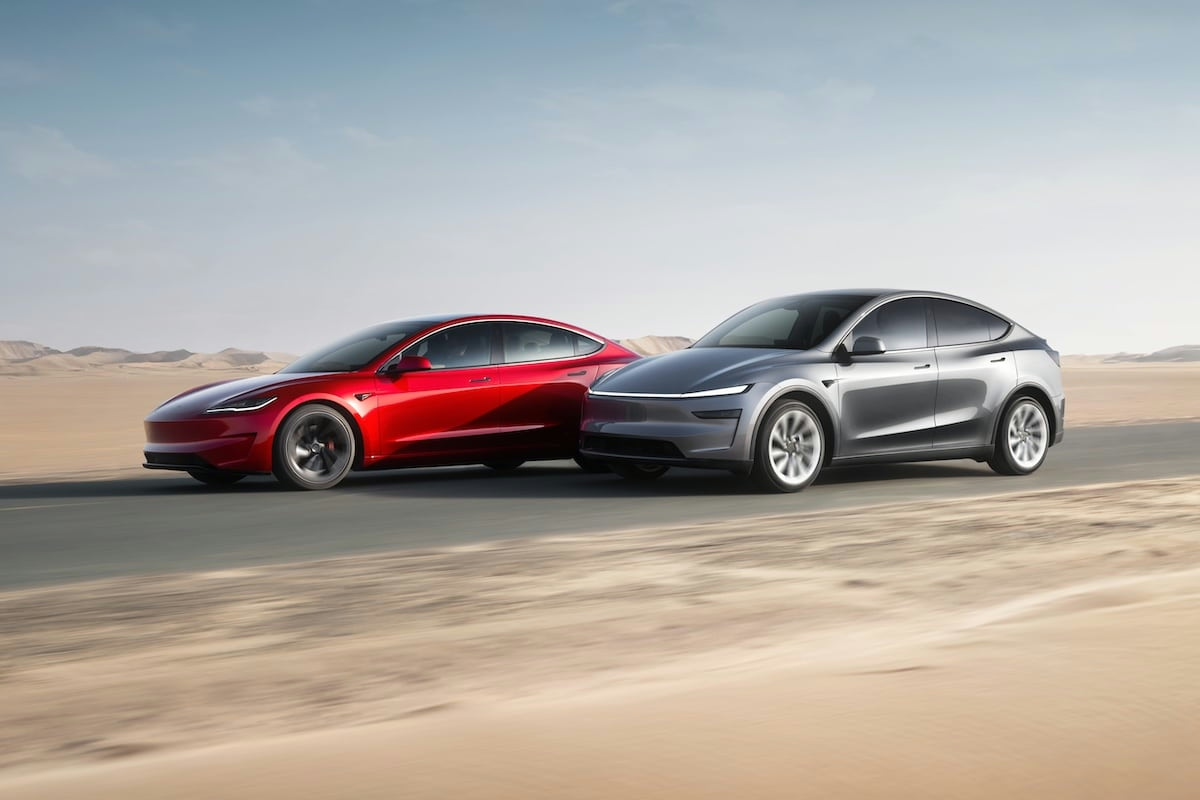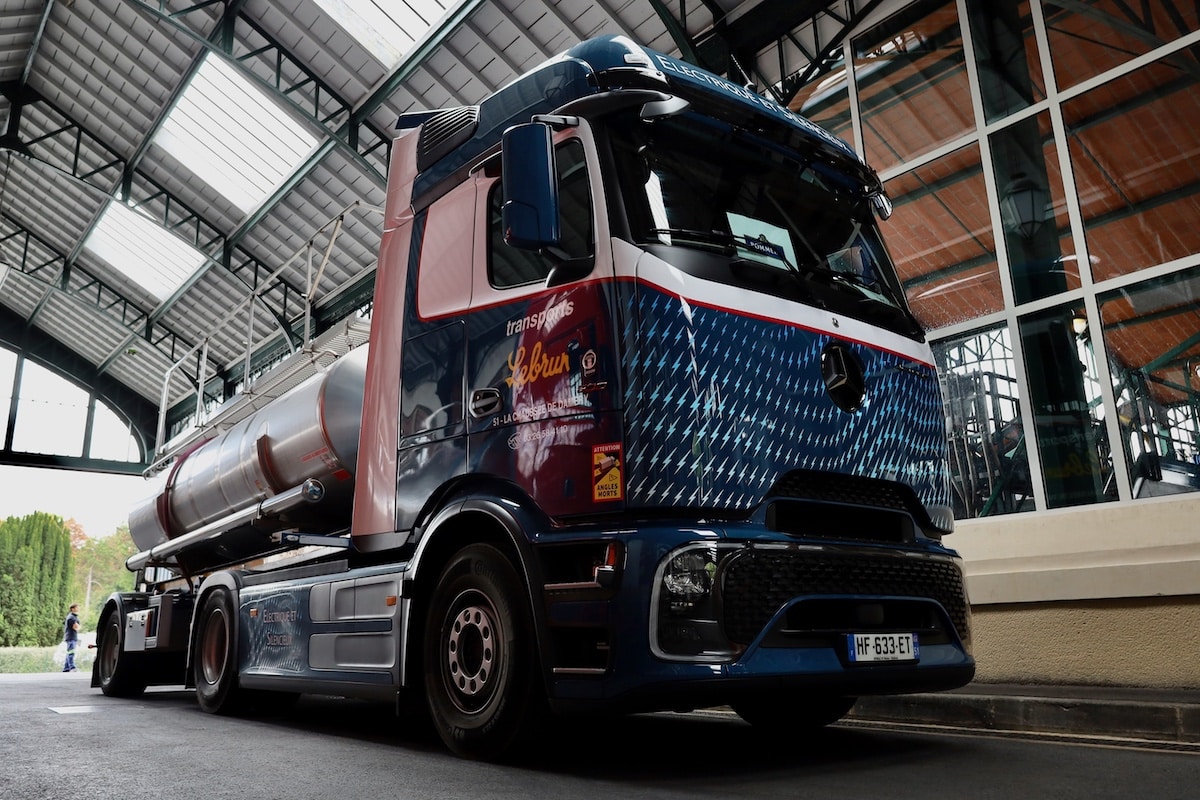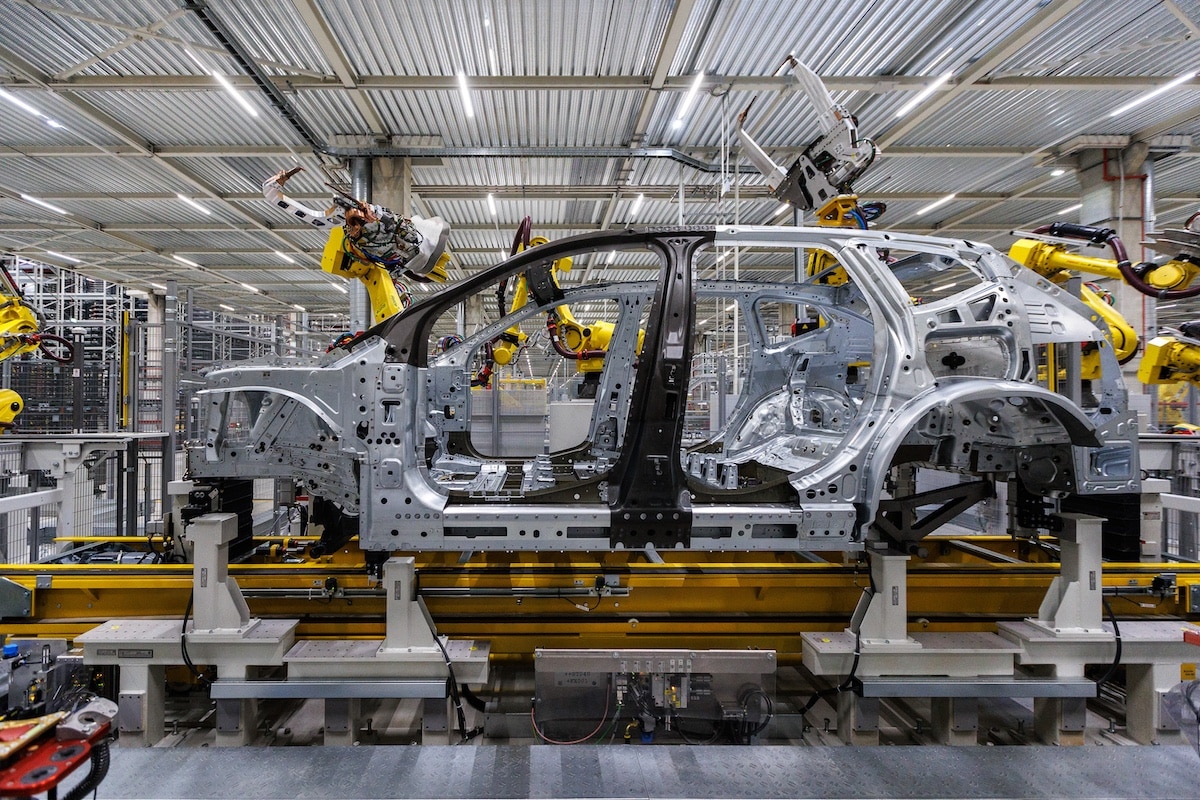Futures Teslas will be cheaper thanks to the Cybertruck
This page is translated from the original post "Les futures Tesla seront moins chères grâce au Cybertruck" in French.
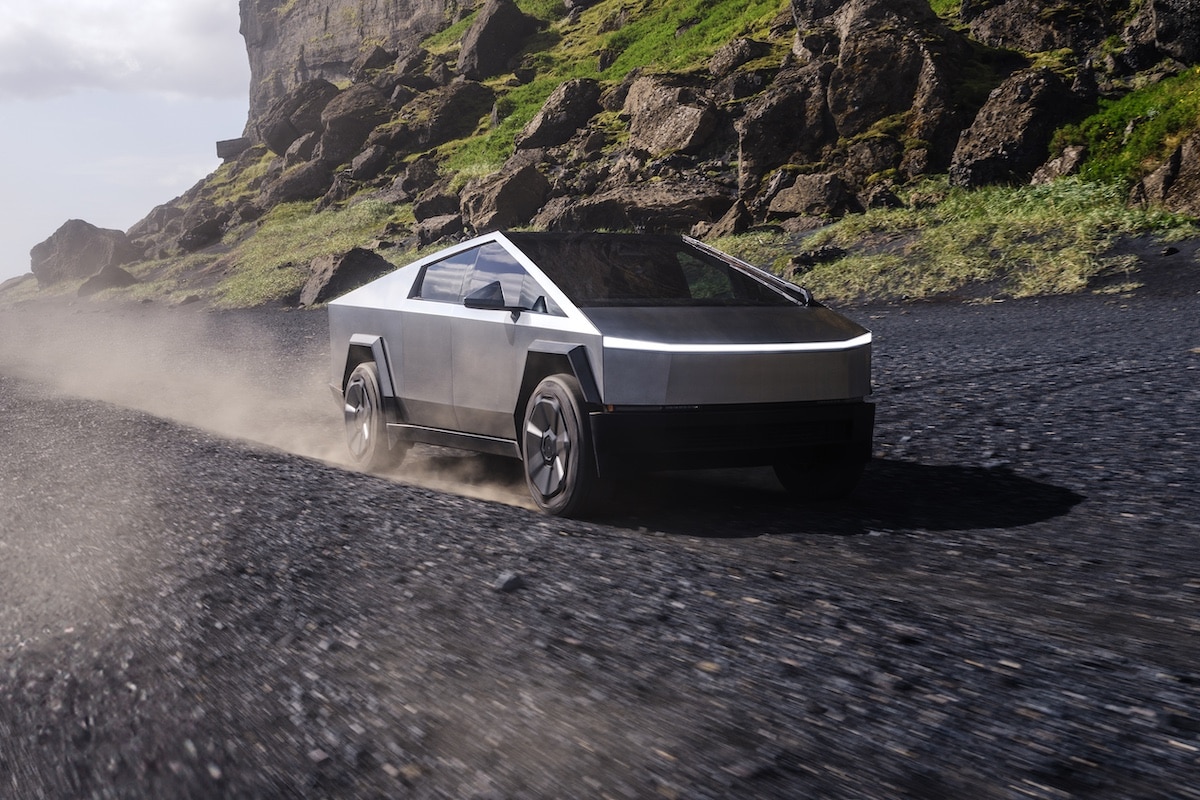
A more than ambitious project, the Tesla Cybertruck has enabled revolutionary advances in design, technology, and manufacturing.
Although this vehicle is unique in its kind, Tesla has confirmed that many of its innovations will be integrated into its future models. Among these, giga-castings stand out for their efficiency and their ability to reduce production costs. By replacing many small parts with large aluminum molds, Tesla manages to lighten, reinforce, and make the structures more recyclable. Another innovation, the integrated audio system uses the vehicle’s structure to amplify sound while reducing bulk. The transition to a 48-volt electrical architecture significantly reduces weight, wiring complexity, and thus costs, as well as energy losses—an evolution that will likely extend to the entire range. Similarly, the high-voltage 800-volt battery system, already present in the Semi and Cybertruck, offers faster charging times and increased efficiency, promising to transform the energy management of future Tesla models.
The Cybertruck, Low-Cost Model?
Etherloop, Tesla’s new onboard communication system, significantly reduces internal wiring while enabling faster connections and more modular electronics. The bidirectional charging, introduced with the Cybertruck, transforms the vehicle into a mobile energy source capable of powering homes or sharing energy with other vehicles. The custom laminated glass enhances durability, insulation, and UV protection while maintaining panoramic visibility. Adaptive air suspension, offering increased ground clearance and better stability, automatically adjusts to different terrains. The steer-by-wire technology, combined with rear-wheel steering, replaces traditional mechanical systems with precise electronic control, improving maneuverability and stability. This technology, now fully developed, will eventually be cheaper to produce than mechanical linkages.
However, some innovations will not be adopted in other models. The stainless steel exoskeleton of the Cybertruck, though distinctive, remains exclusive due to its weight and manufacturing constraints. Similarly, the air-bending steel process developed for the Cybertruck will not be used elsewhere. As Tesla prepares to launch two affordable new models by 2025, combining technologies from the Model 3/Y and Cybertruck platforms, the integration of these innovations is almost certain. At the very least, the Cybertruck has proudly served as a testbed for Tesla’s boldest ideas, many of which will shape the company’s future.
ALSO READ: Tesla’s autonomous taxis ready this summer?
We also suggestthese articles:
Also read
